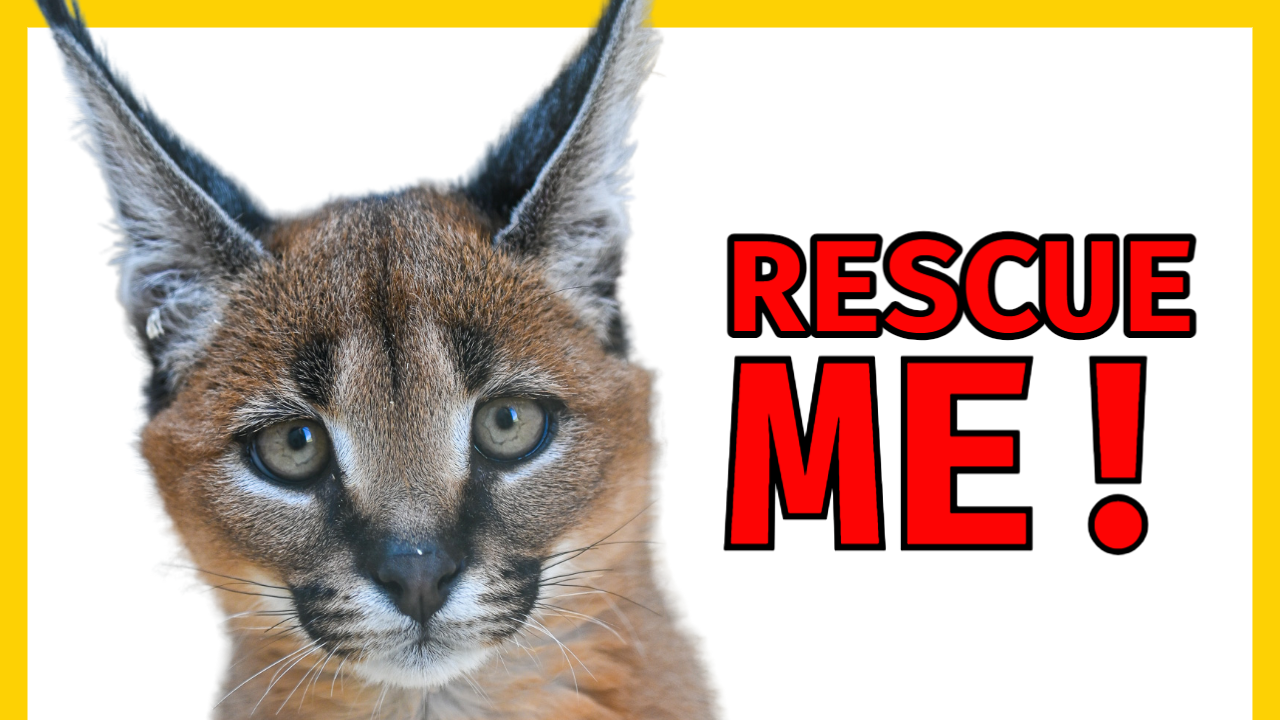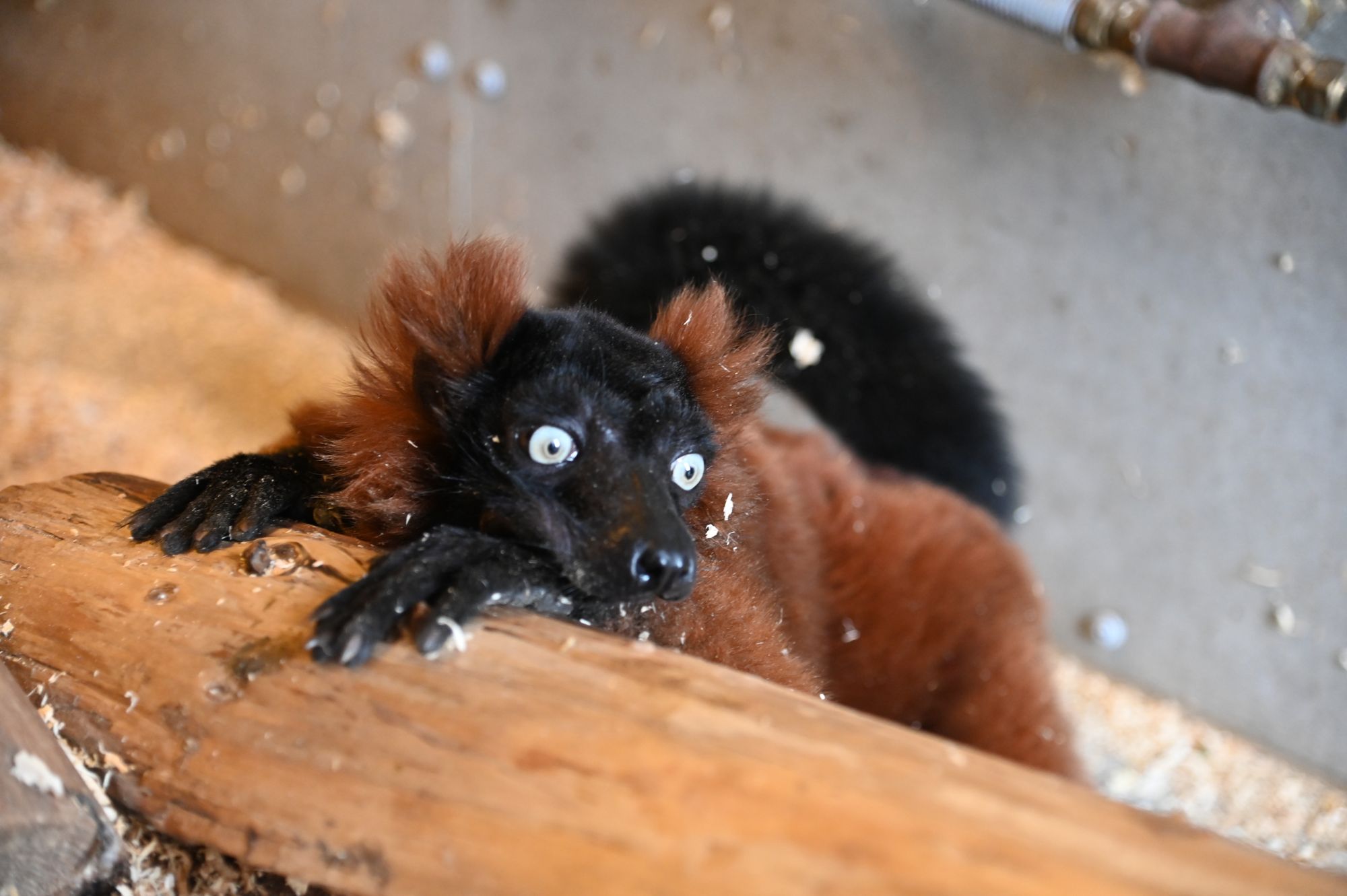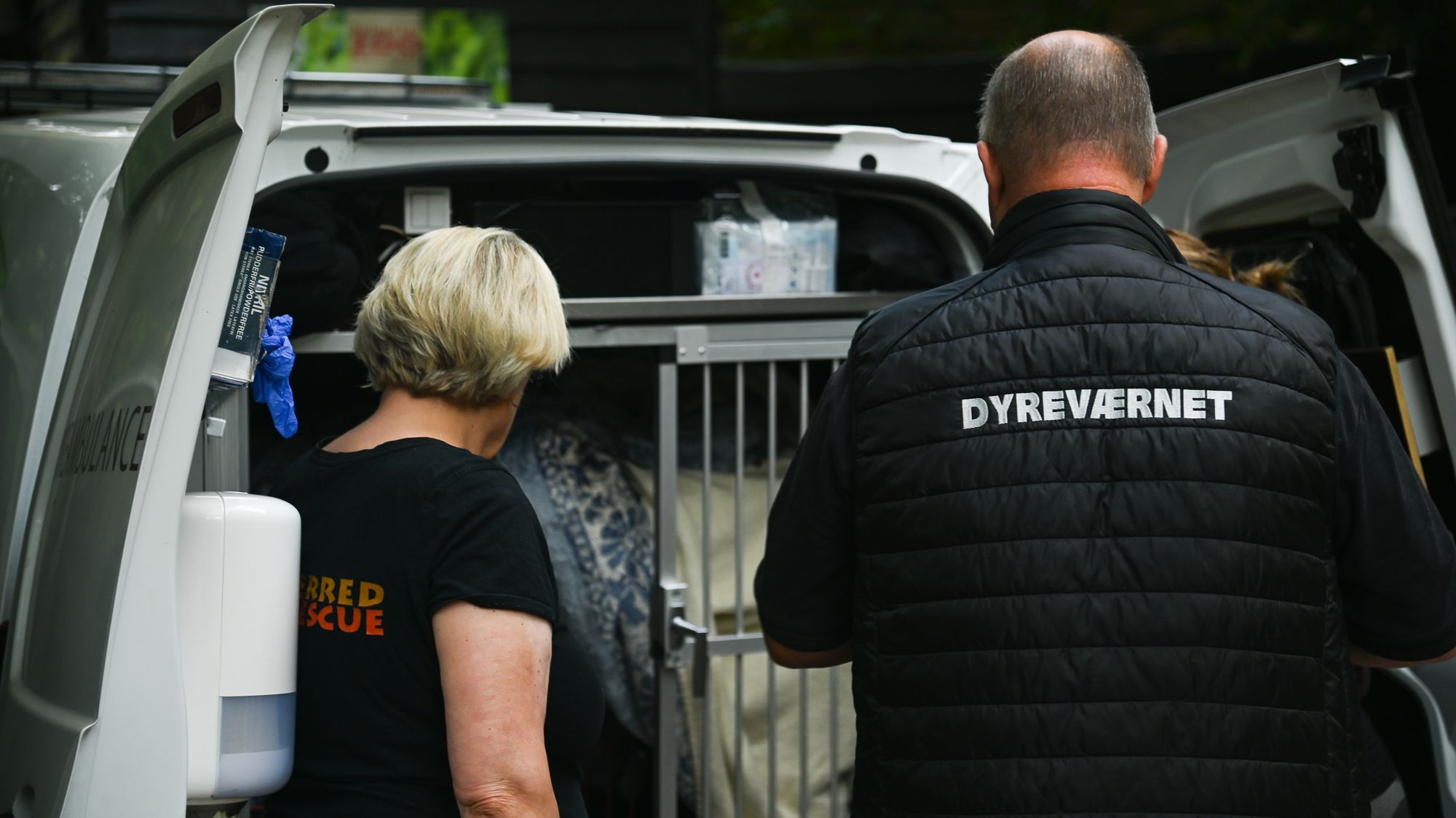Behind the Scenes: A Glimpse Into Our Exotic Rescue Zoo

Hi everyone, Niko here. Today, I am thrilled to take you behind the scenes of our exotic rescue zoo, founded by my mother and co-run by myself. Many of you have asked us how we find out about the animals in need of help. It's an excellent question and one that I am excited to answer.
We get to know about these animals through various sources. It's not uncommon for us to receive emails from all around the world, mostly Europe. Collaborating with various rescue centers globally helps us create a network that identifies animals in need.

Our work often involves liaising with what we refer to as transit places. These organizations or entities physically rescue animals, and when they have an animal that needs a permanent home, they reach out to us. In many instances, these calls come at short notice, asking if we can take a Caracal or a primate, for example.
The job can indeed be incredibly stressful, given the unpredictable nature of these rescue cases. But as a rescue center, we have to be prepared for every scenario. At times, it involves rapidly creating suitable enclosures, sometimes even within a week.
While we can't always build grand, concrete enclosures like those you might see in more traditional zoos, it's important to note that bigger and costlier doesn't necessarily equate to better for the animals. Our focus is on creating a habitat that best suits the needs of each individual animal, ensuring they have a safe, comfortable, and stimulating environment. This often means using a mix of natural materials and more durable ones like metal as our budget allows, always with the well-being of our residents at the forefront.
Many of the animals we rescue have been through difficult situations like medical testing or confinement in tiny spaces. Suddenly giving these animals a massive space can be overwhelming and stressful. So, in many cases, we start with a smaller quarantine area and gradually increase their space as they acclimatize to their new surroundings.
Our network is not limited to rescue centers or transit places. Police and other local organizations often reach out to us with animals in need. Even private individuals anonymously drop off exotic animals they've obtained illegally.

One exciting example of our work happened last year when we took in two "otterly" amazing small-clawed Asian otters. This case was unique because these animals were surplus animals from a traditional zoo, with no room left for them. They were on the verge of being put down due to a lack of space. Though not abused, they were indeed in need of rescue.
Their story is just one example of the diverse origins of our animals here at the rescue center. We hope this glimpse into our operations sheds some light on how we identify and care for animals in need. It's a complex and challenging task, but seeing our animals safe, comfortable, and thriving makes it all worthwhile.
Stay tuned for more behind-the-scenes stories from our rescue center and our ongoing efforts to provide safe havens for exotic animals in need.
Until next time, Niko
You can donate to the charity here:
